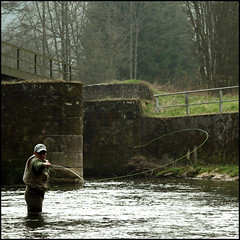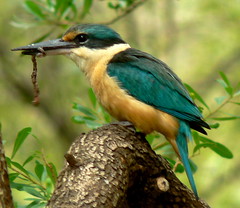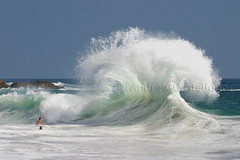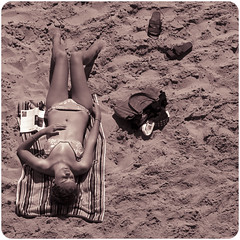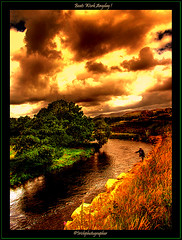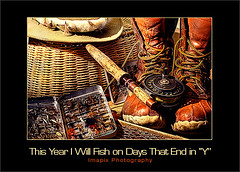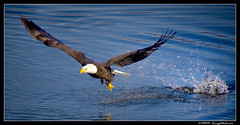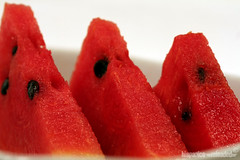The Largemouth Bass
Make no mistake the Largemouth Bass is a predator, and as a predator it brings to the game a complex genetic skill set. Honed over generations of environmental conditioning the Bass is neither shy or timid. A solitary hunter or part of a loose school. The Largemouth Bass is always a hunter, always a predator. Disturb his domain and your fly will disappear almost as soon as it arrives. Sometimes never to be seen again.
When Bass fishing with a fly rod it is essential to remember that the Bass is not unlike us humans. It is always seeking food, shelter and comfort. Learning what these mean to a Largemouth Bass will take us a long way to catching this elusive hunter.
Food
When does a mouse top the dinner menu? When it is attached to the end of a fly line. As food goes the largemouth Bass is not that particular. They will attack and eat a variety of foods: insects, popcorn, minnows, amphibians, reptiles, worms, mammals etc. They generally prefer larger foods, but can be taken on smaller offerings as well. Even a size 14 dry fly.
Shelter and Habitat
The Largemouth Bass usually invades the shallows from their winter depths as spring arrives. The exact timing is determined by your location. When the weather warms up and ice-out begins you can expect the Bass to awaken form their winter solace.
Once the water warms up to 60 degrees a Largemouth Bass's thoughts turn to spawning. After spawning, the female leaves the nest and thus begins the male's job of guarding the nest until the eggs hatch and they turn into a school of tiny black fish. It is during this time that the male will savagely defend the nest. The male Bass will not eat until the little ones leave the nest.
During this time they do not eat, but the will defend and attack. It is now that a mouse pattern plopped down next to the nest will attract his attention and his lateral sense line will go into overdrive. A small mammal is no match for this ferocious predator. With lighting speed he will cover the distance to your mouse pattern. In an instant its gone and your fly line leader tightens to the breaking point.
As a predator once the nest is empty certain habits and cycles of the bass are predictable. As a hunter they do things with enough regularity for us to capitalize on them.
Not unlike us they: "hunt", they "feed" and they "defend". Knowing how they do these things will give us an edge on the fight.
The largemouth Bass makes it home in and around structure. Structure is any area that a Bass can take up a position of feeding and ambush superiority. Usually with a backdoor exit to deeper water to escape into. The best structure goes to the largest fish. Such as fallen trees, sunken logs, weed beds, lily pads, piers etc… These are our hunting grounds for the Largemouth Bass.
Early morning Bass fishing is a favorite time. Cooler water and more oxygen. It is now that Bass can be found cruising the shorelines for food. This is when I use a size 2 mouse. Mice often fall into the water from the shore so a mouse isn't a big surprise for a Bass. Casting our mouse next to the shoreline or into the weeds/Lilly pads or a sunken/floating log will often elicit a hit.
Cast the mouse and let it sit for a moment. Bass will often take a few seconds and look at your treat. But sometime the mouse barely hit's the water. A bass will take about a 1/10 of a second to determine if the meal is to his liking before he spits it out so you must be ready for a strike.
The afternoon brings out my streamers and wooly buggers in sizes 2 - 6. I fish these a little deeper and outside a weed bed edge with a slight hesitation retrieve. As if it is a wounded fish. A Dalhburg diver is a good fly for this. The Dalhburg will dive as it is retrieved and come back up to the surface as you let up on the retrieve. This action mimics the action of a wounded bait fish. It's an action few bass can ignore. A little fly float will help this action as well.
The evening brings out the top water flies again. A black or natural mouse size 2, dragon flies size 4, general red and black poppers size 4 even a saltwater white pencil plug with a red tail size 2 can work. Also it is a good time for dry flies. Nothing can beat a 3 lb Bass hitting a size 12 Blue winged olive. Patterns don't mater to the Bass. We are not matching the hatch. Just annoying a hungry fish. Toss it into edge a weed bed and let it sit. Twitch it and stop. Mimic a struggling wet insect. See what happens.
Check out what other Bass fishers are using in your area.
Fly Rods For Bass Fishing
This is an area of much confusion and misunderstanding. A good fly rod for Largemouth Bass fishing is a 8 ½ foot 6 weight medium to fast action rod. A good medium action rod will get your fly out to 20 feet depending on your casting style and skill. Set it up with a 7 foot 2x - 4x leader with a matching 12 - 16 inch length of tippet.
Final thoughts
Knowing the habits of this fish will give you the edge in the contest. Deep/shallow, hot /cold, what kind of structure, passage to deep water, food, oxygen, water clarity, shoreline features. Knowing how Bass relate to these and many more environmental stimulants will make the hunter "par excellence" into the hunted. Good fishing.
why-bass for more information fly rods for Bass fishing.
A lifetime bass fisherman with a passion for fly fishing. For more information on Bass fishing with a fly rod and general tips and tricks please go to http://www.why-bass.blogspot.com

